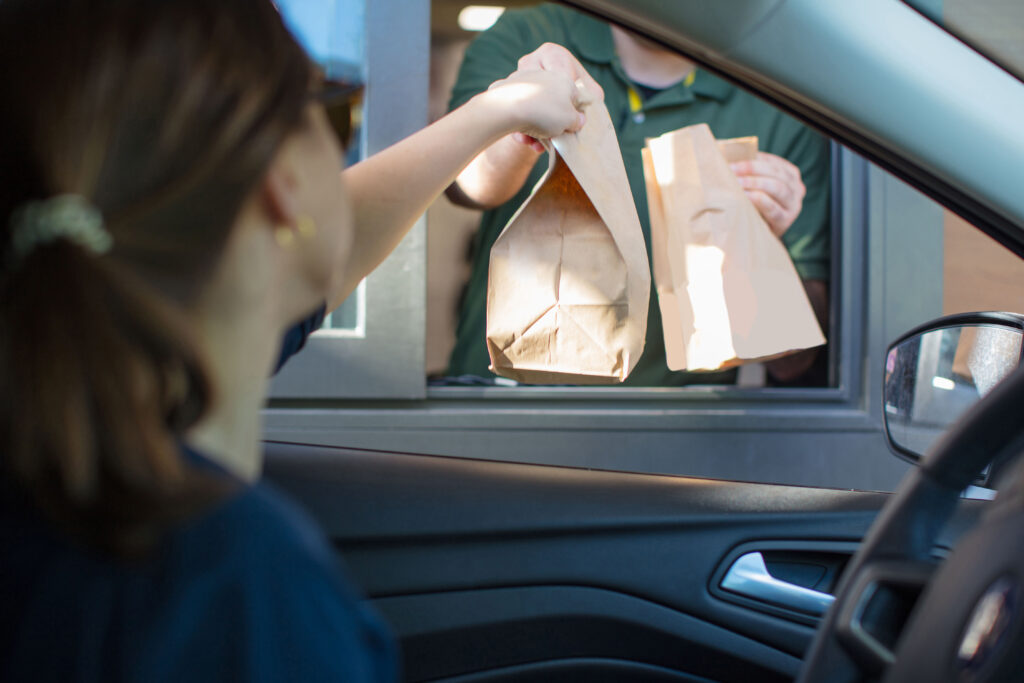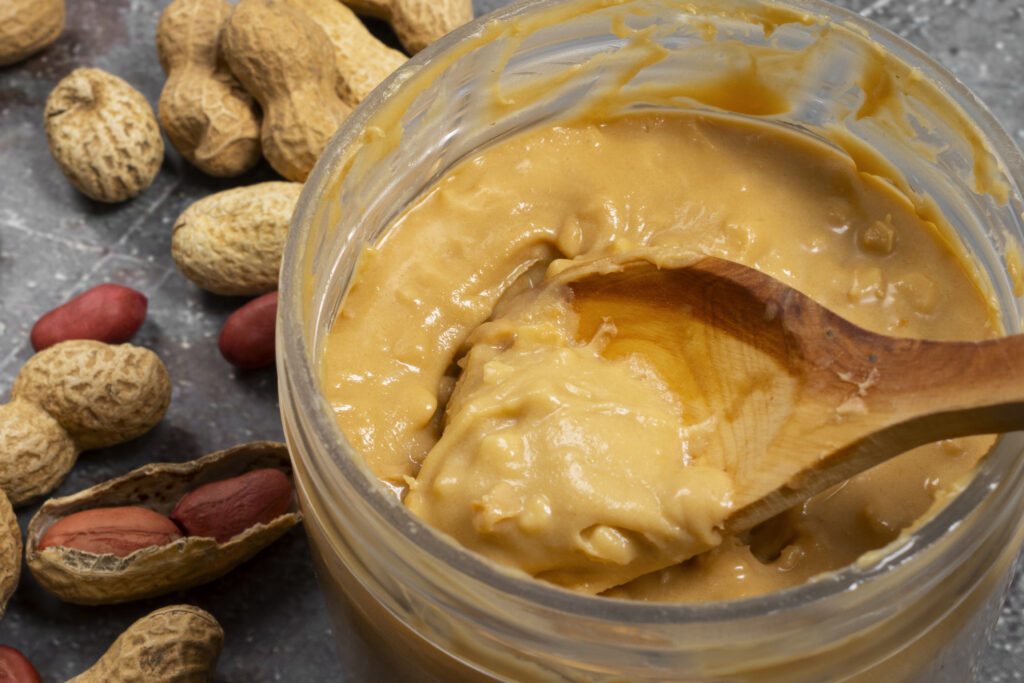- LIFE
Mastering How to Make Mashed Potatoes


Traveling to the United States for the first time can feel like stepping into a parallel universe. From the way people greet you to the sheer size of everything, American “normal” often looks very different through the eyes of a visitor. What locals barely notice can feel funny, confusing, or downright astonishing to someone seeing it for the first time.
Below are 20 quirky American customs that commonly surprise (and entertain) newcomers
For many visitors, the first surprise is how often Americans say “How are you?” without expecting a real answer. It functions more like “hello” than a sincere invitation to share feelings. Newcomers are often caught off guard, ready to explain their mood or their day, only to realize the conversation has already moved on. Over time, they learn that this quick, friendly question is a social lubricant rather than a deep check-in.
Another shock for many foreigners is the mountain of ice that arrives in almost every drink. Whether it is water, soda, or juice, the glass is often filled to the brim with ice cubes first and liquid second. In countries where drinks are served cool but not freezing, this obsession with ice feels extreme. Visitors quickly learn to ask for “no ice” or “light ice” if they want more drink than frozen water.
Free refills on soft drinks and sometimes even coffee can feel almost magical to newcomers. In many parts of the world, each drink is paid for separately and ordered carefully. In the U.S., a server often appears with a refill before the glass is even empty, and there is no extra charge. For visitors, this habit can be both delightful and slightly bewildering, as they adjust to a culture of abundance at the table.
American restaurant portions are legendary, and many first-time visitors assume a dish is meant for sharing. Plates arrive loaded with enough food to satisfy two or three people, especially in diners and casual chains. While this can be overwhelming at first, guests soon discover the tradition of taking leftovers home in a to-go box, turning one meal into two or even three. It is a practical response to the culture of supersized dining.

Most visitors have heard of drive-through fast food, but the U.S. takes the concept to a whole new level. Drive-through pharmacies, banks, coffee shops, and even some dry cleaners allow people to stay in their cars for nearly every errand. For travelers from places where walking or public transport is the norm, this “do it all from the driver’s seat” lifestyle can feel surreal and impressively convenient at the same time.
American supermarkets and big-box stores often astonish newcomers with their sheer size. Under one roof, shoppers can find groceries, clothes, electronics, toys, home decor, and sometimes even a vision clinic or a small fast-food counter. Visitors used to small neighborhood markets may feel overwhelmed by the endless aisles and dizzying choice, but they also appreciate the convenience once they get their bearings.
In many American towns and cities, it is common for strangers to smile at each other in passing. For visitors from more reserved cultures, this unsolicited friendliness can feel unusual or even suspicious at first. Over time, many grow to appreciate these casual, everyday gestures of politeness, which help soften the stress of crowded streets, long lines, and busy days.
One of the biggest cultural adjustments for foreign visitors is the tipping system. In many countries, tipping is a small bonus for exceptional service. In the U.S., it is an expected part of the bill, especially in restaurants, bars, and taxis. Newcomers are often surprised to learn that leaving 15 to 20 percent is considered standard, and that failing to tip can be seen as disrespectful rather than thrifty.
Visitors are frequently confused when the total at checkout is higher than the price on the shelf. In many U.S. states, sales tax is added at the register instead of being included in the listed price. This means the true cost of an item is a small mystery until it is scanned. Travelers learn quickly to mentally add a little extra to every advertised price, especially when shopping or dining out.
On a hot summer day, visitors often welcome the blast of cold air that hits when they step indoors. However, many are surprised by just how cold American restaurants, malls, and offices can be. It is not uncommon to see tourists carrying a light jacket or sweater in July, just to survive the aggressive air conditioning. The habit reflects a strong preference for cool indoor comfort, even when the sun is blazing outside.
In many cultures, removing shoes at the door is a basic sign of respect and cleanliness. In the U.S., however, many households and nearly all public indoor spaces keep shoes firmly on. Visitors may feel uncomfortable walking on carpets or sitting on furniture in “outside shoes,” while locals barely think about it. Over time, some guests adopt the habit, while others quietly miss the comfort of sock-only homes.
From supermarket checkouts to coffee counters, brief conversations with staff are part of daily life. Cashiers often ask about weekend plans, compliment an item in the cart, or comment on the weather. Visitors from places where transactions are quiet and efficient may find this chatter unusual at first, but many eventually appreciate the human warmth in these tiny daily interactions.
One thing that stands out quickly to foreigners is the visibility of the American flag. It appears on porches, in yards, at schools, on clothing, and even on napkins and paper plates during holidays. The high level of patriotic display can be surprising for visitors from countries where national symbols are used more sparingly, and it offers a vivid glimpse into how strongly national identity is expressed in everyday life.
Ordering a “small” coffee in the U.S. often results in a cup that would pass for a large elsewhere. Add to that the towering iced coffees and extra-large to-go cups, and visitors quickly realize that American coffee culture loves quantity. Travelers accustomed to tiny espresso cups may find the giant servings both impressive and slightly excessive, especially when everyone seems to be sipping them on the go.

To many foreign visitors, the American love affair with peanut butter feels intense. It shows up in candy bars, cookies, pies, milkshakes, and countless snacks. For those who are not used to sweet peanut butter combinations, the flavor can be surprising at first. Over time, some guests discover new favorites, while others never quite understand why peanuts and sugar are such a beloved pair.
Watching television in the United States can be an exercise in patience for newcomers. Just as the plot gets interesting, another wave of commercials crashes in. In many countries, shows have fewer or shorter ad breaks, so the rapid-fire sequence of American advertising feels relentless. Still, these breaks also offer a crash course in popular brands, slogans, and cultural trends.
Visitors often notice how visible law enforcement is in many parts of the U.S. Patrol cars are frequently seen on highways, at intersections, and near public events. For some travelers, this high level of police presence feels reassuring; for others, it can be intimidating. Either way, it stands out as a noticeable part of the American streetscape compared with many other countries.
Because portions are so large, taking leftovers home is completely normal in the U.S. Servers often offer a box without being asked, and many customers plan ahead, expecting to stretch a restaurant meal into lunch the next day. For visitors from places where leaving food on the plate is rare or where leftovers are not commonly carried out, this habit highlights how restaurants are woven into daily home eating routines.
Another small but striking detail is how frequently drinks are served with plastic lids and straws, even when people plan to stay inside. This reflects a highly mobile lifestyle where many are constantly transitioning between car, office, and home. For visitors from cultures with more lingering, sit-down coffee and tea traditions, the “always ready to go” beverage habit feels uniquely American.
In many countries, one person pays the bill and everyone settles up later, or the table figures out the total together. In the U.S., it is common and completely acceptable to ask the server to split the check by person or by item. For visitors, this practice can be surprising but also very practical, especially in a culture where individual spending and budgeting are taken seriously in social situations.
Taken together, these habits paint a vivid picture of everyday life in the United States: friendly, fast-paced, generous with portions and refills, and deeply shaped by convenience and individual choice. For foreign visitors, what initially feels strange often becomes part of the charm. Some customs are easy to adopt, while others simply highlight what they love and miss about home and that mix of fascination and nostalgia is exactly what makes cross-cultural travel so memorable.